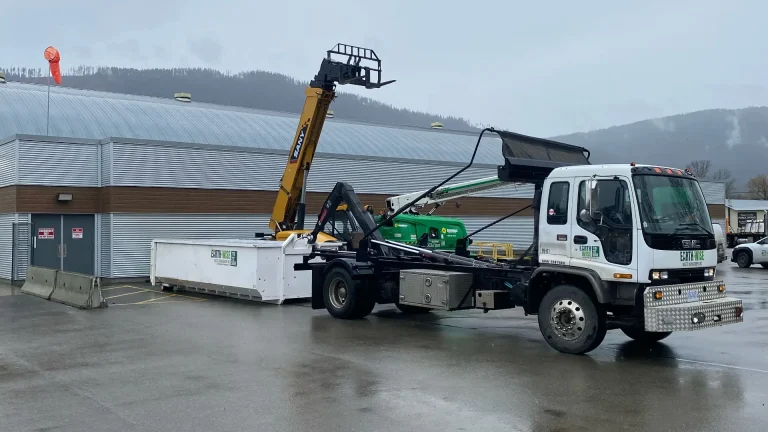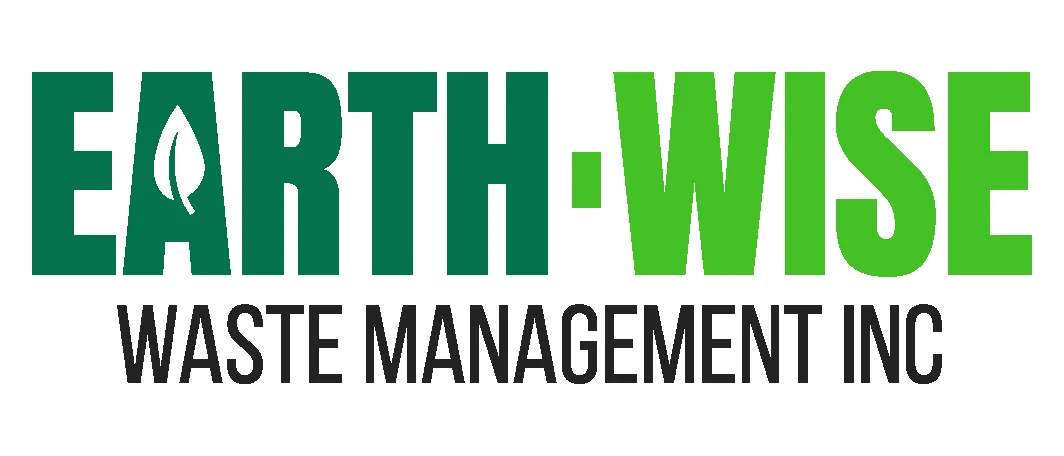Retaining Wall Failures: A Comprehensive Guide
Retaining walls are fundamental in transforming and stabilizing sloped terrains into functional landscapes. However, when these structures fail, they can pose significant risks and financial burdens. Understanding the causes, including the role of surcharges, soil conditions, and the importance of proper materials like geo-grid, as well as how to prevent these issues and the considerations for repair, is critical for homeowners.
Understanding the Causes Of Retaining Wall Failures
#1. Inadequate Consideration of Surcharges
Surcharges refer to additional loads on the retaining wall beyond the soil it's holding back. Common surcharges include the weight of vehicles, buildings near the wall, or even the accumulation of snow. These extra pressures can significantly impact the wall's stability.
#2. Soil Conditions
The type of soil behind and beneath the wall plays a crucial role in its longevity. Soils with poor drainage or expansive clays can exert excessive pressure on the wall, leading to failure. Similarly, soil erosion can undermine the foundation, compromising the wall's integrity.
#3. Hydrostatic pressure
Hydrostatic pressure is the build up of water pressure behind a retaining wall. When there is heavy rainfall, a retaining wall with poor drainage will allow the water to build up in the soil behind the wall. This puts immense amounts of pressure on the face of the wall and can cause the wall to bulge, and in some cases even completely collapse. Inadequate or even a complete lack of sufficient drainage is a very common cause of retaining wall failure.
#4. Neglecting To Use Geo-Grid Reinforcement
Geo-grid is a geosynthetic material used to reinforce retaining walls, enhancing their stability and load-bearing capacity. Many failures occur because walls that require geo-grid reinforcement are constructed without it, often due to a lack of knowledge on the contractor's part. This omission can lead to the wall bowing, cracking, or collapsing under pressure.
#5. Timber Wall Rot
While timber retaining walls offer an aesthetically pleasing, natural look, they are susceptible to rot over time, especially if not treated or if they're in constant contact with moist soil. This deterioration can weaken the wall, making it prone to failure.
Prevention and Mitigation Strategies
Addressing Surcharges
When planning a retaining wall, consider any potential surcharges and design the wall to accommodate these loads. This might involve engineering the wall with additional reinforcement or altering the landscape design to reduce pressure on the wall.
Assessing and Preparing the Soil
Conduct a thorough assessment of the soil conditions in the area where the wall will be built. Improving drainage, using suitable backfill material, and preparing the foundation soil can mitigate the risks associated with poor soil conditions.
Incorporating Geo-grid Reinforcement
Understanding when and how to use geo-grid reinforcement is crucial for building a durable, long-lasting retaining wall. Consulting with a professional engineer or an experienced contractor can ensure that the necessary reinforcement is included in the design and construction phases.
Choosing the Right Materials
For timber walls, selecting treated wood or woods naturally resistant to rot can extend the life of the wall. However, for long-term durability and minimal maintenance, materials like concrete blocks or natural stone, coupled with proper drainage and reinforcement, might be more suitable.
Fixing a Failed Wall: Rebuilding vs. Repairing
While minor issues with a retaining wall can sometimes be repaired, major failures often necessitate a complete rebuild. This is especially true if the failure results from foundational issues like inadequate surcharge handling, poor soil conditions, hydrostatic pressure, or the absence of necessary reinforcement like geo-grid.
Rebuilding the wall provides an opportunity to address these underlying problems properly. It involves:
- Reassessing Design and Materials: Considering more durable materials or designs that better suit the landscape's challenges.
- Improving Drainage: Implementing more effective drainage solutions to manage water pressure behind the wall.
- Incorporating Proper Reinforcement: Ensuring that geo-grid reinforcement is used where needed to enhance the wall's stability.
Work With Retaining Wall Experts
Given the complexity of diagnosing and correcting retaining wall failures, consulting with experts such as structural engineers or experienced landscape contractors is crucial. They can provide valuable insights into the cause of the failure and recommend the most effective solutions, ensuring that the new wall is built to last.
Most of the major manufacturers of segmental block retaining walls offer certification programs and education for contractors to ensure the retaining walls are built correctly and to prevent these failures from happening.
Conclusion
Retaining wall failures can be daunting, but understanding their causes and how to prevent them can empower homeowners to make informed decisions about their properties. Addressing issues like surcharges, hydrostatic pressure, soil conditions, and the importance of reinforcements such as geo-grid are key to creating stable and durable retaining walls.
In cases of failure, while the temptation to repair might be strong, the comprehensive approach of rebuilding, with expert guidance, often offers a safer and more lasting solution.
If you have a retaining wall on your property that has failed or is failing and you'd like to have an expert come and take a lookto determine the best course of action, please reach out. As an authorized BELGARD® Partner, and also both a UNILOCK and Techo-Bloc installer we have the certifications and experience to help. To schedule a retaining wall consultation please call: (778) 212-7789


